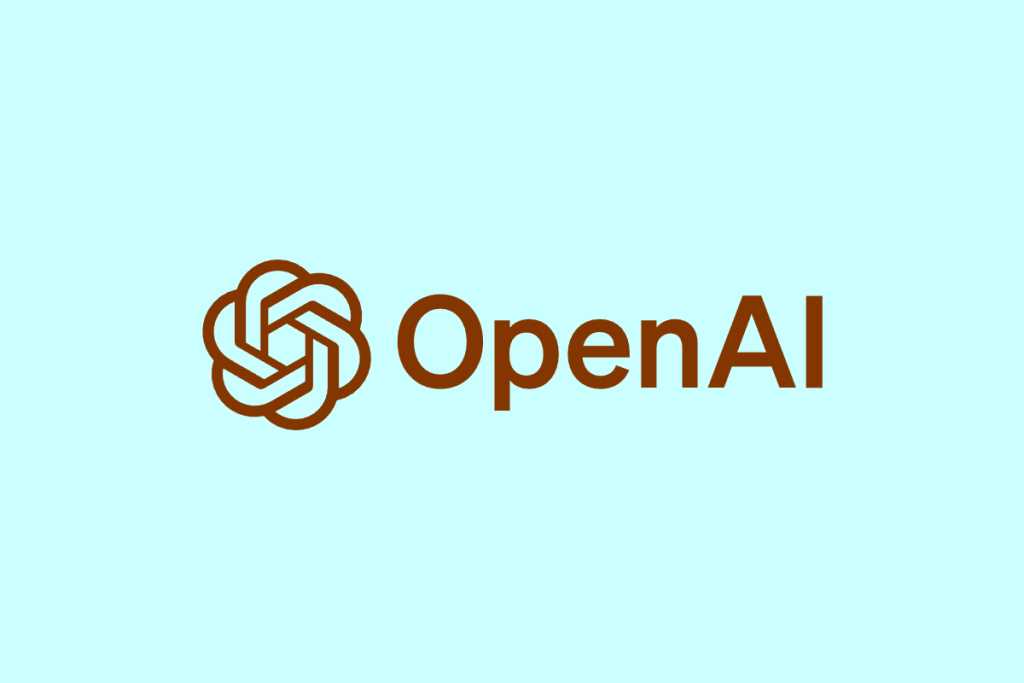
Openai GPT-3 CNET SDK is an innovative tool that allows manufacturers to create and implement large-scale applications for Artificial Intelligence. Thanks to advanced natural language processing options, GPT-3 can generate human words, answer questions, perform language translation, and code.
Based on the world’s clearest language model, GPT-3 invites manufacturers to an unparalleled degree of flexibility and creativity. Whether you are creating chatbots, content, or virtual assistants, GPT-3 has the options to provide you with the tools and resources you need to take your AI applications to the next level.
The Openai GPT-3 CNET SDK is a game changer for manufacturers. His ability to observe and generate human-like language opens up a universe of possibilities for artificial origins of intelligent applications.”
For example, what distinguishes GPT-3 from other language models is its impressive size and training data: with 175 billion characteristics and access to large amounts of Internet text, GPT-3 is able to recognize difficult contexts and generate turn-by-turn context and context-related answers It is capable of generating
Using GPT-3 and the possibilities of the Openai GPT-3 CNET SDK, you can create artificial intelligence applications that have every opportunity to know their users, write notes and essays, code, answer questions, ask almost everything Except that. The only limit is your imagination.
What is Openai GPT-3?
Openai GPT-3 represents the “first trained trans 3 generated” and advanced language model developed by OpenAI. This is the third iteration of the GPT series and is considered the most advanced and strongest model available; GPT-3 specializes in understanding and creating human language and is a pioneering technology in the field of natural language processing and artificial intelligence.
Implemented in a deep learning architecture known as Transformer, GPT-3 is able to cultivate and produce words in a highly efficient and unambiguous manner; GPT-3 has been trained on a large amount of online data, including books, memos, and websites, providing an extensive knowledge base. Thanks to this extensive learning process, GPT-3 can recognize and produce words in a contextually relevant and consistent manner.
One of the most important features of GPT-3 is its ability to perform all kinds of linguistic tasks: language, answers, questions, end words, almost anything. With the opportunity to generate words in multiple languages and adapt to different message styles and displays, GPT-3 can literally be tailored to a specific application, making it a versatile tool for both manufacturers and seekers.
The introduction of GPT-3 has generated much attention and concern in the AI community. This is because it is an important milestone in the development of natural language processing technology. The potential is enormous and could revolutionize all types of branches, from content generation to customer assistance and creative reporting. the accessibility of GPT-3 via the OpenAI API has allowed manufacturers to apply their own controls and create large AI applications and create large scale AI applications.
Leave a Comment